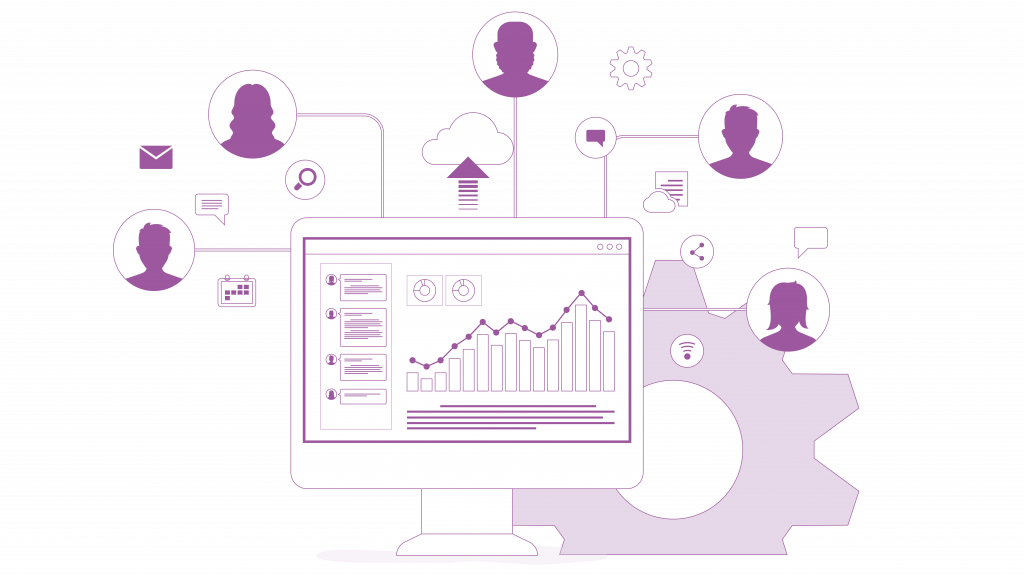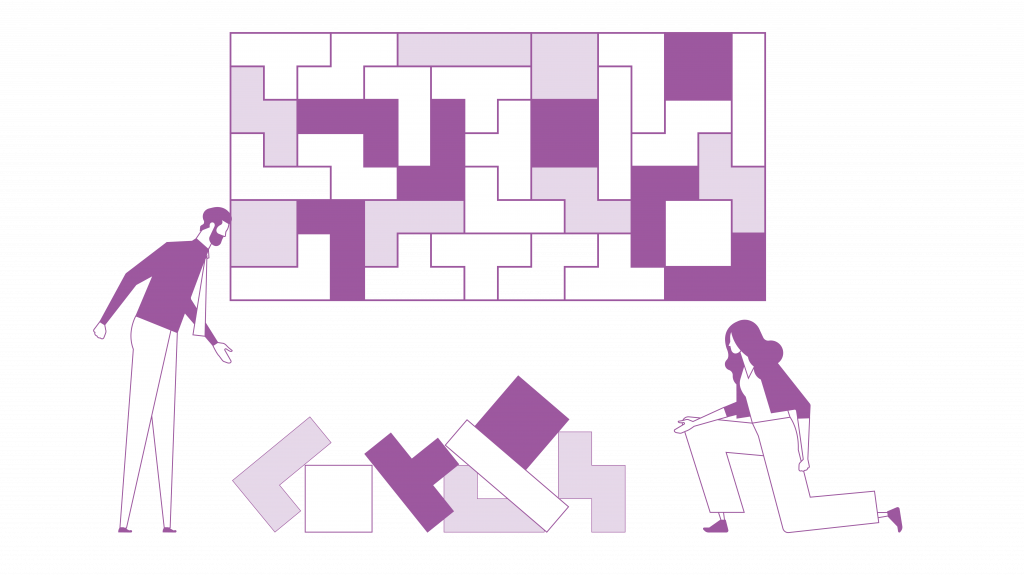How to solve tomorrow's planning problems today
Bottom-up planning for business success
Single, traditional planning used to be a thing of the past. Today’s fast-paced world has led to ever-increasing dynamics in the business world. Consistent statistics have been replaced by volatile prices, requiring an ad-hoc approach to the planning process to address the rapidly changing marketplace. The desire for more business agility is hardly a wish anymore, but rather a must.
Nevertheless, long planning intervals are not obsolete. A healthy mix of long- and short-term planning is crucial for corporate success. Where once only one plan was available for the entire year, now several, up-to-date plans must be created on a frequent basis. This results in a significant increase in planning tasks. This also means a lot of unprecedented planning effort. At this point, undeveloped planning concepts with professional planning tools quickly fail, although the quick reaction to market situations could not be more urgent. Currency slumps, changes in legislation or new consumer trends are enough to cause excessive demands.

The planning method is crucial - The trend towards bottom-up
The choice of planning method can complicate the entire process, as well as make it enormously easier. The concept for this rises and falls with the decision between top-down, bottom-up or the counter-current method. Deciding “correctly” is a major challenge, because all of these options bring their advantages and disadvantages.
Just as you don’t build the roof first when planning a house, you should also start at the bottom with the foundation when planning your company. The aspect of integrating operational departments has a central significance for the planning of tomorrow. Bottom-up planning is a very effective way of achieving this. Since the expertise of the individual departments is included in the planning of goals, this method not only has a motivating effect, but is also practical. Through direct contact with the customer, it is much easier for the sales staff to see how they can and should set their goals than it is for the responsible planner in central controlling. If he sets unrealistic but indispensable goals according to a top-down approach, the employees in the departments will feel devoid of empathy and unaware of the situation. Tensions between management and employees are pre-programmed. Contrary to condemning opinions, it is not about planning only according to ambition. Even without strict target setting from above, a functioning structure of small sprints and larger goals can emerge.

Bringing out all potential with the countercurrent method
The widespread use of bottom-up does not mean that top-down is completely outdated. With the so-called countercurrent method, one picks out the individual advantages of the two other planning techniques according to the concept of “the best of both worlds”. The well-considered mixture of the methods brings out the greatest potential for the company at all planning levels. The stronger emphasis on bottom-up ensures a constructive communicative exchange on the company’s goals. This can mean, for example, that the first draft of the corporate plan comes from the management level. In the sense of top-down, this draft is gone through and concretized from the highest to the lowest level. After bottom-up, in a retrograde manner, feasibility is evaluated by each department. The problem of setting goals without knowing the goals of the higher levels is thus becoming obsolete.

Data acquisition made easy
Both bottom-up planning and the counterflow method require detailed planning data acquisition. For many companies, this represents a major challenge. The larger the teams involved in this topic, the greater the potential for planning chaos. In most cases, those responsible are also distributed in a decentralized manner. This too is a major factor in planning. An Excel spreadsheet does not adequately meet the requirements for such decentralized and operational planning. All those responsible have to use services with possible security gaps when sending the spreadsheet by e-mail, and the data is virtually never up to date. A cloud application provides a quick and reliable solution to this problem. Dedicated planning tools come into play exactly where they are needed most. If the data can be conveniently viewed and supplemented by any employee who needs access, chaos in planning is a thing of the past. This way, the problem of collecting planning data is eliminated in a targeted manner and nothing gets in the way of providing an agile planning solution.
More on bottom-up?
We have already reported on bottom-up planning on our blog. It was about the exciting results of our study on business planning, which are closely related to the choice of planning method. Are you curious? Then click here to read the article. We have also published a technical article on this topic that might be of interest to you. You can read the article here.
